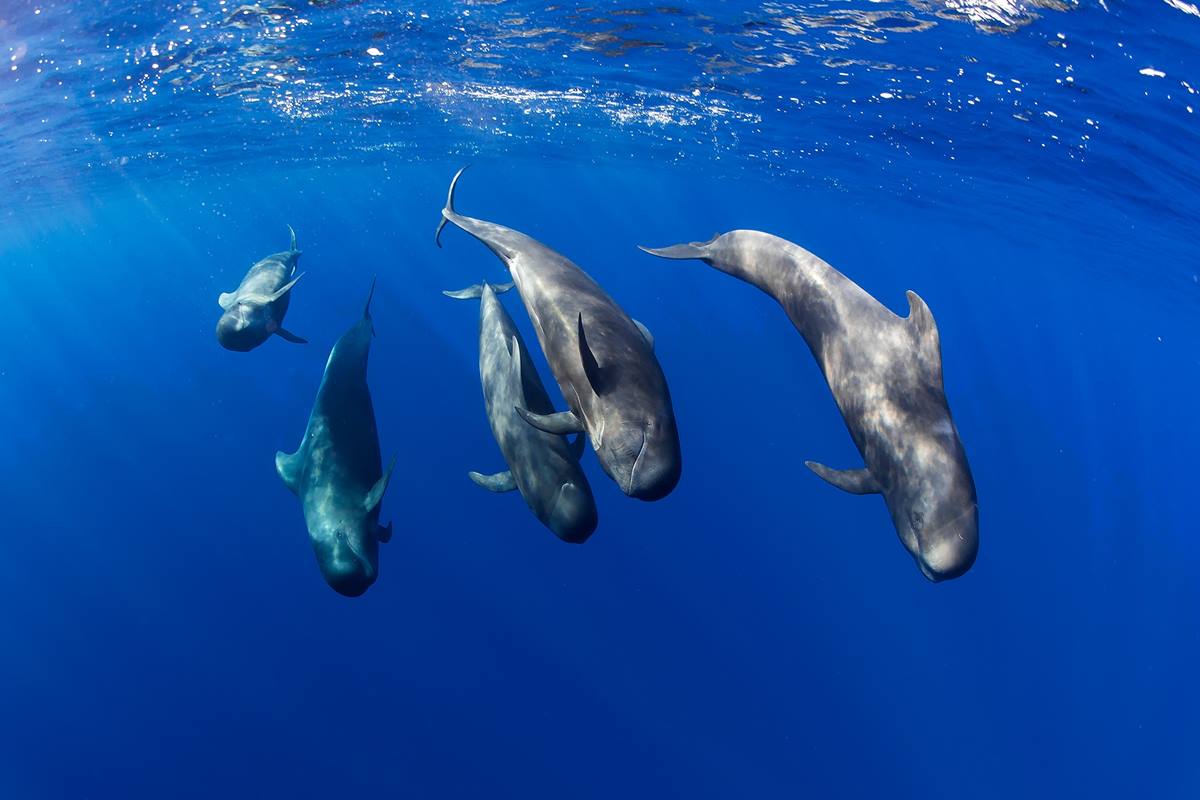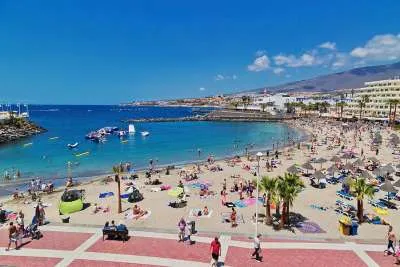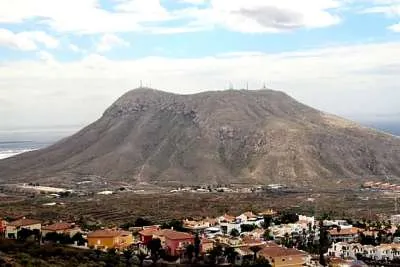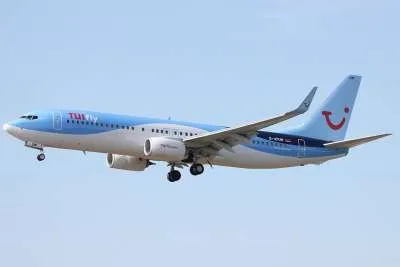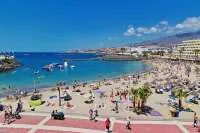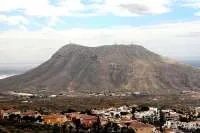Tenerife is recognised as the first Whale Heritage Site in Europe
- 28-01-2021
- Tenerife
- Canarian Weekly
The World Cetacean Alliance (Alianza Mundial de Cetaceos) has recognized a 22 kilometre stretch of water along the southwest coast of Tenerife Punta El Fraile (Teno) to Punta Salema (Rasca, Las Galletas), as a World Heritage Site for Whales.
The Councillor for Tourism of the Tenerife Cabildo, José Gregorio Martín Plata, has said that this new distinction is endorsed by the Cetacean Sighting Sustainability Charter and is part of an initiative of the Tenerife Cetacean Association (ACEST).
Among the things taken into account to grant recognition is the existence of a unique resident population of pilot whales in the world, about 200 specimens, which also show unique behaviours; the presence of various species of cetaceans, including several of dolphins, throughout the year or part of it, and the fact that it is also an important migratory route for these species.
The CEO of Tourismo de Tenerife, David Pérez, added that this distinction endorses the importance of an activity that in 2019 was carried out by more than 1.4 million tourists, generating income of about 42 million euros, that has already led to the awarding of the distinction of Point of Hope Marina a few months ago by another international organization, Mission Blue.
The distinguished marine area, located between the islands of Tenerife and La Gomera, is the first Whale Heritage Site in all of Europe and only the third in the world, after Hervey Bay (Australia) and The Bluff (South Africa), and recognizes the observational responsibility and sustainability of whales and dolphins.
Added to this is the presence of a local community made up of various groups of people who work for cetaceans, as well as "the pride and sense of connection between local residents, companies, academics and NGOs in relation to cetaceans," as stated by the World Cetacean Alliance in its report on the island that has served as the basis for the award of the distinction.
The official protection of the marine ecosystems that already exist in the area through Special Conservation Zones; Efforts to ensure that interactions with whales are documented by long-term research and investigations, or the existence of a solid legislative framework that protects cetaceans in Tenerife and in Spain in general, are other elements that have been taken into account, in the same way as the fact of having a clear “heritage” where Tenerife has been recognized worldwide as an “important destination linked to whales for more than three decades”, the report adds.
Among the benefits for a destination of being designated as a Whale Heritage Site, are those of allowing effective marketing and promotion campaigns for the destination; increasing the number of visitors and the income of tourism providers; the sustainable management of marine and terrestrial resources, as well as the promotion of knowledge of the history, the environment and the cultural identity of the site.
The World Cetacean Alliance is a prestigious international organization based in the United Kingdom, the most prominent in the world in marine protection, which has a hundred partners committed to the mission of protecting the oceans and the communities that depend on them.


